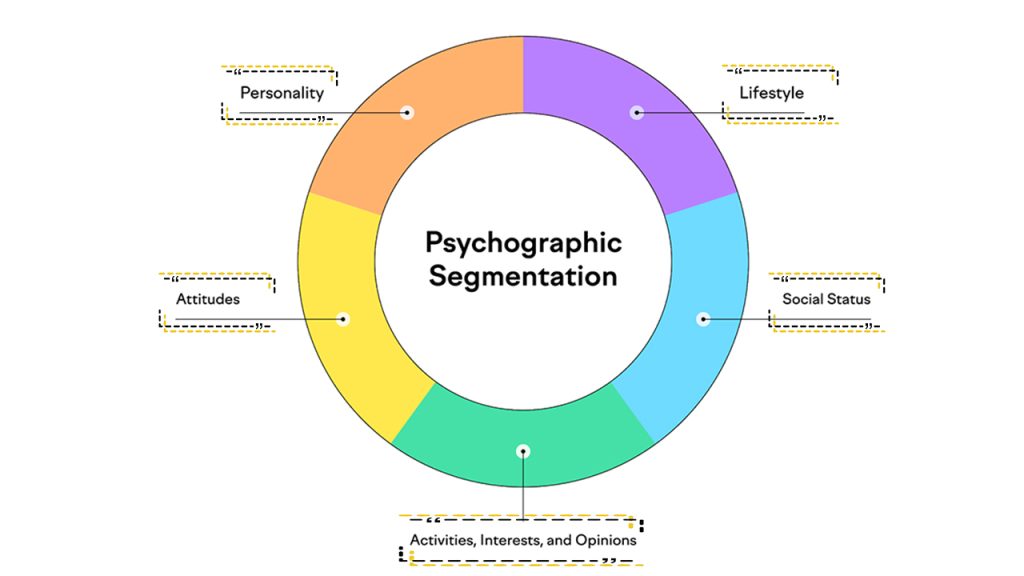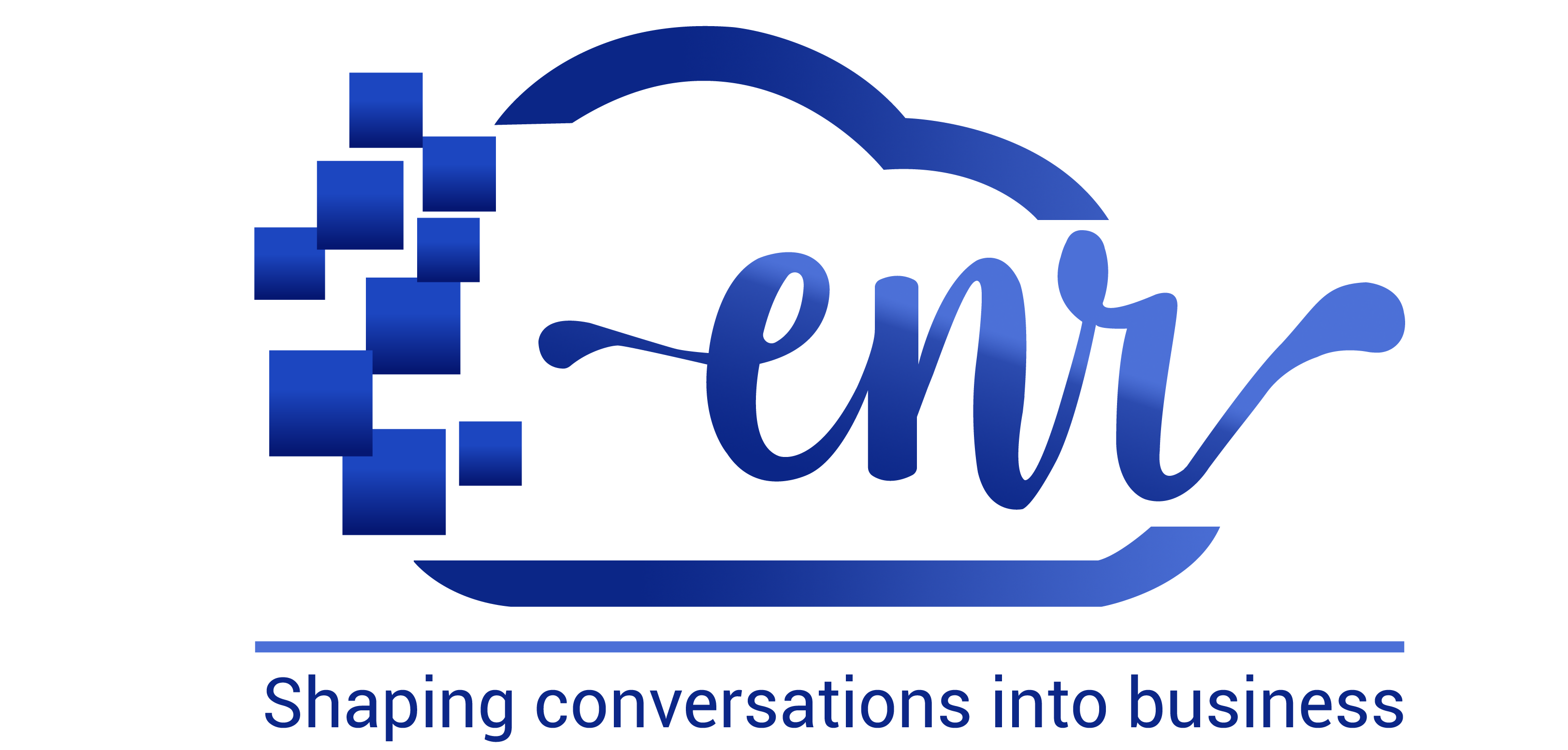In the world of competition, right and to-the-point marketing is the key to success. Understanding your audience is paramount to managing effective marketing campaigns. Basic data such as age, gender, and income are useful insights, but they don’t give you the full picture of customer behaviour.
How does the customer react? What does he or she think? What influences their behaviour? Etc. This is where psychographic segmentation comes into play.
By delving into the psychological aspects of consumer behaviour, this type of segmentation allows brands to tailor their efforts more precisely, thus nurturing a stronger connection and improving the overall effectiveness of the campaign.
Psychographic segmentation analyses attributes such as personalities, lifestyles, values, and interests. It is something akin to how we analyse people before becoming friends, or swiping right, or forming a long-term relationship. This blog unpacks psychographic segmentation with examples and benefits.
Table of Contents
ToggleWhat is Psychographic Segmentation?
It is segmenting your customers on the basis of their thoughts, habits, perceptions, and beliefs. This segmentation is often drawn from observing the preferences of the person, and their contacts, and their lifestyles, and then figuring out the why behind the preference. This way, the brand can target the right consumer at the right time and the right place. It is an integral part of market research.
Some characteristics that are studied in psychographic segmentation include: Social class, hobbies, lifestyle, attitudes, interests, opinions, values, religion, and social status.  People are different, while one person might like a particular colour of jeans, others might be more concerned about its material. This is why it is important to understand the key to the heart of each audience.
Under psychographic market segmentation, each customer is considered an individual, and their intrinsic characteristics are identified that influence their shopping habits.
Visit To Get Our Martech Consultancy
The Buyer Persona
The buyer persona is the first step to identifying the consumer base. It is a fictional representation of the brand’s ideal customer. It is derived from an extensive customer behaviour analysis, which includes market research and existing customers.
The fictional profile includes:
- The type, title, and role at work
- Aspects of their lifestyle
- The personal preferences and choices
- challenges
The buyer persona becomes important because it is the first rung to the ladder of psychographic segmentation. It helps understand the journey of the consumer, how they would think or act before, during and after the purchase.
Psychographic segmentation can help in
- Develop marketing strategies
- improve on services or offer new services
- enhancing experiences
- developing product offerings

An example of such segmentation would be offering the same product or service with lesser number of features to one segment, while another segment might value the features more and be willing to pay for it. The buyer persona includes, name, age, sex, religion, income, interests, etc.
Variables in Psychographic Segmentation
The approach to determining psychographic segmentation goes way beyond the demographic recognition. Let’s look at the variables that help segmenting.
1- Values and Beliefs
These include things that are usually important to the consumer, such as family, safety, and the environment they are in. What they believe to be true, such as organic food or pure cotton or vegan options only or other social responsibilities.
2- Interests
Such as hobbies and passions (book reading, shopping, fitness, travel, technology, etc.)
3- Lifestyles
Psychographic segmentation by lifestyles identifies individuals based on factors such as opinions, interests, behaviours, activities, and so on. For e.g., whether they are active or passive, busy professionals or businessmen, budget conscious families or rich couples, etc.  The purpose of this segmentation is to determine how people spend time and money.
Those who have similar lifestyles usually have common preferences and buying or purchasing habits. Athletes shop differently than CEOs.
This segmentation is beneficial for niche products or services.
For Example: A popular soda company can segment it is customers basis on their love for travel, adventure etc.
Social Status
This is the segmentation of social hierarchy, as it influences purchasing power greatly. It determines whether a person will indulge in luxury items, buy basic items, or keep a balance. This psychographic segmentation helps a brand determine the pricing, messaging, marketing campaign, and distribution channels. The common segmentation examples are students, retired people, white collar group, blue collar group, etc.
For example: Luxury watch and clothing companies target men and women who have status and high spending power.
Segmentation by Personalities
These include identifications such as risk takers, or cautious, introverts or extroverts etc. This psychotype segmentation includes being opinionated, being meticulous and such. People make buying decisions based on their personalities and the two are closely intertwined.
For example: A sportswear company will do a psychographic segmentation based on traits such as a person being a runner, swimmer, trekker etc. An outdoor wine company would appeal to people who like wine.
Segmentation by Attitude
This type of psychographic segmentation is based on how people feel about certain things, issues, or products.  It is influenced by cultural backgrounds, family origins, etc.
For Example, A health or environment-conscious person will gravitate towards brands that have sustainable, non-toxic and cruelty-free products.
AIO (Activity, Interests, and Opinions):
This segmentation is done on the basis of how people spend their time. Are they movie watchers, pub goers, or just like to stay at home? AIO influences the position of the brand to attract interest.
For example: A health chocolate brand will focus on chocolate lovers but also consider people who support the environment and have AIO in social and human justice.
The variables are combined to create unique psychographic segments to target specific customers or audiences.
Benefits of Psychographic Segmentation

1- Accuracy
By investing in psychographic segmentation, you can largely narrow down your target audience. This way, the customer experience is more personalised as the messages or offers resonate with the customer’s interests, beliefs, and choices and are unique.
2- More Effective Communication
The messages align with the consumer’s tone and opinions, and this means the communication is more relevant to the target audience and even more persuasive.
3- Gives your Brand a Competitive Advantage
By leveraging the data from physiographic segmentation, the brand can differentiate itself from others. They can target the niche segments and get an edge over their competitors, who rely only on basic segmentation such as demographic data.
4- Allows better Resource Allocation
Once you know which segment of customers to target, it is easier to allocate the marketing resources. This way, the potential for engagement, conversion becomes high and the brand can maximise their ROIs.
5- Improve Product Development
Psychographic segmentation is insightful market research which influences marketing decision-making procedures. Understanding the customer’s values, beliefs, etc., gives the brands a chance to modify or create products that improve the customer’s lives and stay ahead of the curve.
6- Maintains Customer Loyalty
Psychographic segmentation caters to specific psychological needs of customers. The tailored experiences promote a sense of loyalty and trust. Customers are more likely to stick to a brand who aligns with their core values and lifestyle preferences.
Psychographic segmentation enables the brands to connect with their audience on a deeper level. It is an essential component to modern marketing. By using psychographic segmentation, brands can exceed customer expectations, foster long lasting relationships, and aim for sustained and profitable growth.  
Also Read- What is Demographic and Geographic Segmentation?
Amit Bhateja is the co-founder of enrcloud and helping brands and Unicorns from the last 15+ years and overachieve their Engagement and Retention goals. He is passionate about solving customer problems with modern technology, new age solutions, and consultancy approach. Besides Building ENR, He enjoys reading books, spending time with his family and Teammates, traveling, meeting new people, learning new things, and love to close the business deals.





